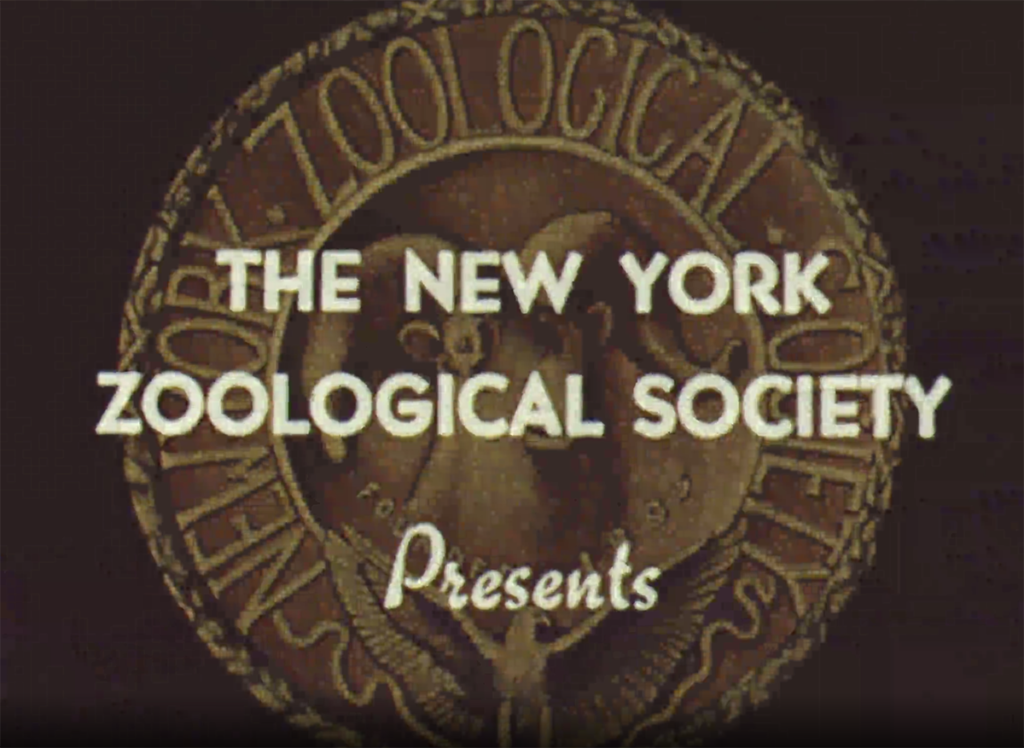
Since January, I have been interning at the WCS Library & Archives as part of the Moving Image Archiving and Preservation program at NYU. I worked with the WCS film collection inventory to prepare records for online access.
As with most things this last year, it was a somewhat strange experience, since I worked remotely despite living just a few miles from the Bronx Zoo. But working virtually allowed me to use part of my brain that doesn’t get much attention: my imagination. I had to imagine what “Gorilla dental treatment” or “Penguin House opening” might look like. Doing so allowed me to deduce additional information that wasn’t captured in the original inventory: who was involved, where it took place, whether other copies might exist. I could imagine what past inventories were aiming to record, like how items related to one another and what certain shorthand from the 1940s meant.
I also had to imagine the audience for these films. With my background in film history, I don’t know the first thing about zoology or wildlife conservation. But with a little imagination I could put myself in the shoes of one of these researchers. If I were a conservationist, what might I want to know about “The Curious Crabs of Singapore” or “Gardens Under the Sea”?
I hope that these imaginative skills stick around in our in-person work, for myself and the next person who has the pleasure of working on this collection. Even for a field that is concerned with evidence, authority, and documentation, thinking imaginatively can bring us new discoveries.
This post is by Sarah Hartzell, a Master’s student in NYU’s Moving Image Archiving and Preservation program.
